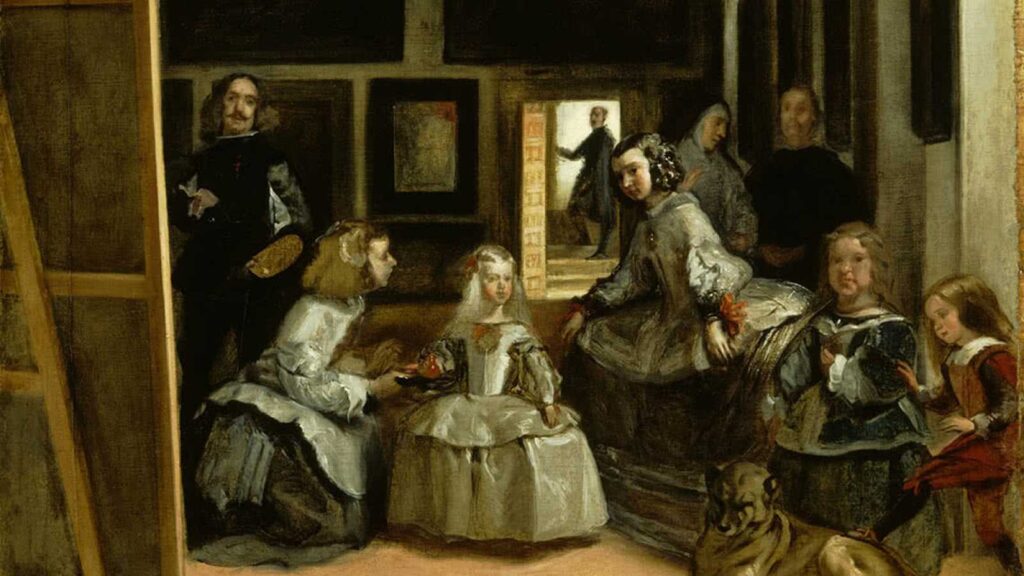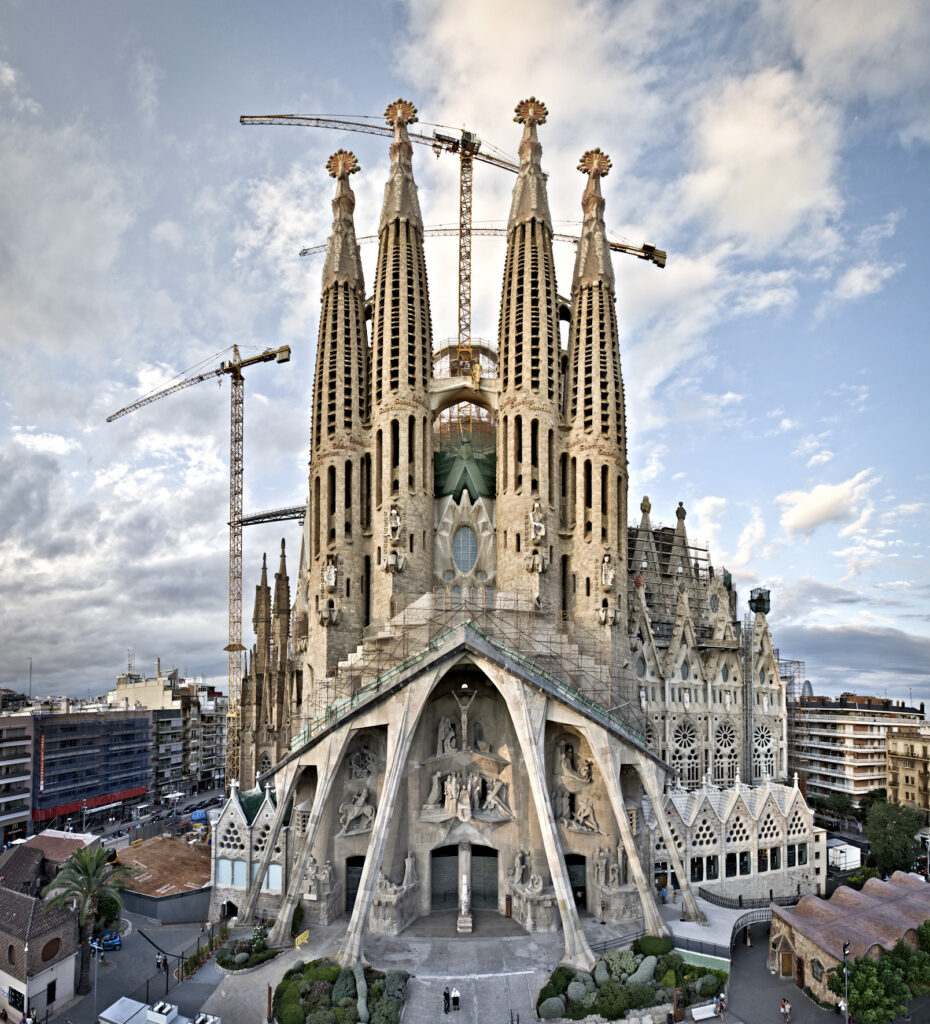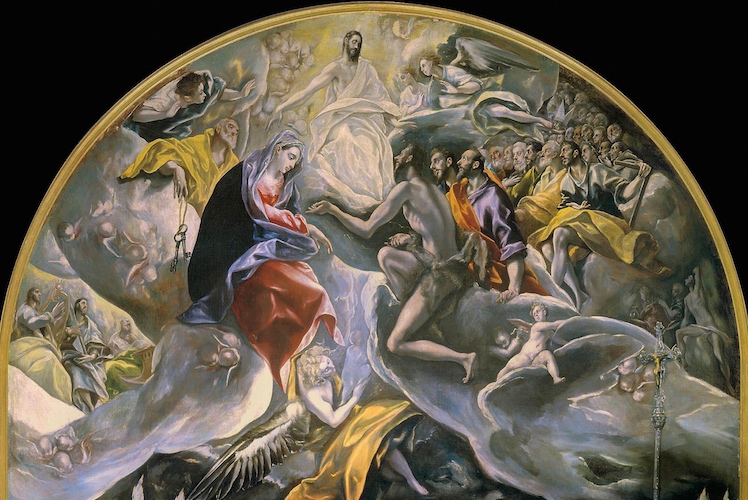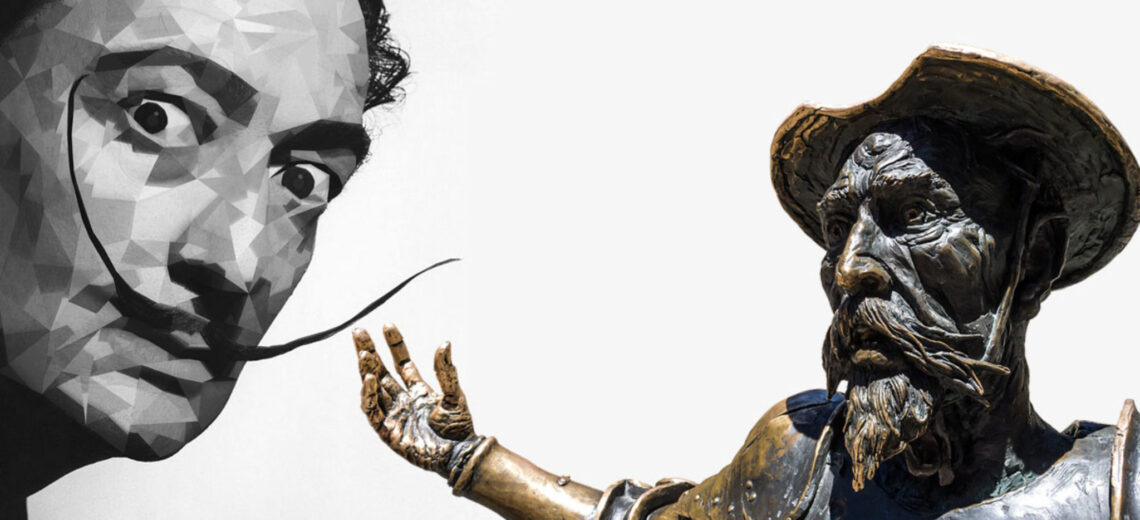Spain has always been a source of talent, innovation and creativity. Spain has served as an inspiration for expressions, ranging from the intricate beauty of Moorish influenced architecture to the profound emotional depths conveyed through Flamenco music. In this article, we will embark on a captivating journey into the lives and works of 10 Spanish artists who have left a mark on the course of art history.
1. Pablo Picasso (1881-1973)
Pablo Picasso holds the position among artists leaving a lasting impact on the art world. His exceptional creations like “Guernica” and “Les Demoiselles d’Avignon ” are widely regarded as his finest works.

Known Artwork: One of Picasso’s pieces is “Guernica,” which was created to give the pictorial representation of the bombing of Guernica during the Spanish Civil War. This monumental painting skillfully captures the horrors and suffering inflicted by conflicts.
2. Salvador Dali (1904-1989)
Securing second place on our list of artists is Salvador Dali, an artist with a visionary mind known for his surreal imagination. Dali’s ability to merge reality seamlessly with dreams has established him as a unique Spanish artist in the art world.

Known Artwork: “The Persistence of Memory ” has become a representation of surrealism. This piece of art questions the inevitability of time and opposes Surrealism against reality.
3. Francisco Goya (1746-1828)
Now let’s shift our focus to Francisco Goya (1746-1828) often regarded as the “father of art.” Goya wasn’t a painter but a skilled printmaker who delved deep into the complexities of the human mind. He began his journey by creating portraits for the court skillfully capturing the essence of nobility and royalty with precision and a classical touch.

Known Artwork: One of Goya’s creations is “The Third of May 1808” which vividly depicts the brutality witnessed during the Peninsular War. This powerful artwork encapsulates the experience of citizens confronting a group of soldiers evoking a sense of helplessness. Goya expertly employs techniques like light and shadow to highlight the contrast between oppression and resistance making this painting a commentary on human nature and struggles endured throughout history.
4. Diego Velázquez (1599-1660)
Diego Velázquez was a painter known for his ability to capture the essence of his subjects through portraiture. He started his journey in Seville under Francisco Pachecos guidance. During this apprenticeship period, Velázquez honed his skills of fundamental principles of artistry and craftsmanship.

Known Artwork: “Las Meninas” stands as Velázquezs opus, captivating viewers with its composition and ingenious use of mirrors. It creates an experience between the audience and portrayed figures while subtly blurring boundaries between reality and artifice.
5. Joan Miró (1893-1983)
Joan Miró (1893-1983) played a role in surrealism and abstract art. Throughout his career, he made a lasting impact on the art world by pioneering a personal approach to artistic expression.

Known Artwork: The Birth of the World – This incredible artwork showcases Mirós use of shapes and colors challenging norms and inviting viewers to explore the boundaries of their own imagination.
6. Juan Gris (1887-1927)
Juan Gris played a role in the development of Cubism alongside Picasso and Georges Braque. By limiting himself to depicting landscapes or portraits, Gris transformed objects into captivating puzzles of shapes and colors.

Known Artwork: Still Life with a Guitar – This painting beautifully exemplifies Gris’s approach to life by deconstructing objects into forms and fragmented perspectives.
7. Antoni Gaudí (1852-1926)
Imagine walking through the streets of Barcelona when suddenly you stumble upon what can be described as a gingerbread house on steroids. It’s none other than the Sagrada Família, a marvel unlike anything you’ve ever seen before. Gaudí was the mind behind this awe inspiring creation. He never hesitated to push the boundaries of design. His vision revolved around blending buildings with their surroundings rather than simply constructing them.

Known Artwork: Sagrada Família – The Sagrada Família, located in Barcelona is an example of Modernisme. It is known for its forms and intricate details. The ongoing construction of this masterpiece showcases a dedication to craftsmanship and artistic vision.
8. El Greco (1541-1614)
El Greco, an artist hailing from Spain, gained prominence during the Spanish Renaissance with his style. Going beyond scenes, he portrayed icons and saints with a touch of flair. His vibrant colors brought them to life as if they were ready to break into a ballad at any moment.

Known Artwork:The Burial of the Count of Orgaz – This painting is renowned for its composition and ethereal spirituality showcasing El Greco’s signature elongated figures and vibrant colors. It’s like a feast featuring an assembly and a group of dignified individuals.
9. Joaquín Sorolla (1863-1923)
Joaquín Sorolla was an artist who infused every canvas with the warmth of sunshine through his brushstrokes! Imagine yourself unwinding on a beach feeling the caress of the sun on your skin while savoring a glass of sangria. Sorolla’s paintings possess an ability to transport you to that moment, through the vibrant depiction of light, color and scenes of leisure.

Known Artwork: One notable artwork by Sorolla is “Sad Inheritance,” where he explores an issue of his time; the devastating effects of diseases leading to blindness. The painting captures a group of boys and girls affected by this ailment standing together on the beach with their faces illuminated by sunlight.
10. Francisco de Zurbarán (1598-1664)
Moving on to Francisco de Zurbarán (1598-1664) while he may not enjoy the level of renown as Picasso but he carries its own charm. This Spanish artist hailing from Extremadura had a talent for creating still life paintings that leave viewers in awe (or perhaps even compel them to take off their sandals as they soak in the ambiance).

Known Artwork: One known artwork by Zurbarán is “Agnus Dei,” portraying a lamb symbolizing purity and sacrifice. This piece showcases Zurbaráns attention to detail and skillful employment of light and shadow to convey spirituality. The symbolism draws from the Old Testament practice where lambs were offered as sacrifices for seeking forgiveness from sins.
Frequently Asked Questions
Who were the 3 greats of Spanish art?
The most well-known artists of this era include Velázquez, Murillo, and El Greco. Other artists like Francisco Goya, Salvador Dali, Pablo Picasso got spot light in the late 18th to early 19th century.
What are some famous Spanish artists from the Renaissance period?
Leonardo Da Vinci, Michelangelo, Raphael, and Donatello were the most prominent Renaissance artists.
Conclusion
These 10 famous Spanish artists have left a lasting impression on the art world, each contributing in their way to the rich tapestry of artistic expression. From Picasso’s groundbreaking innovations to Dalís dreamscapes and Goyas thought provoking creations, their artistic legacies continue to inspire and captivate art enthusiasts around the globe.













